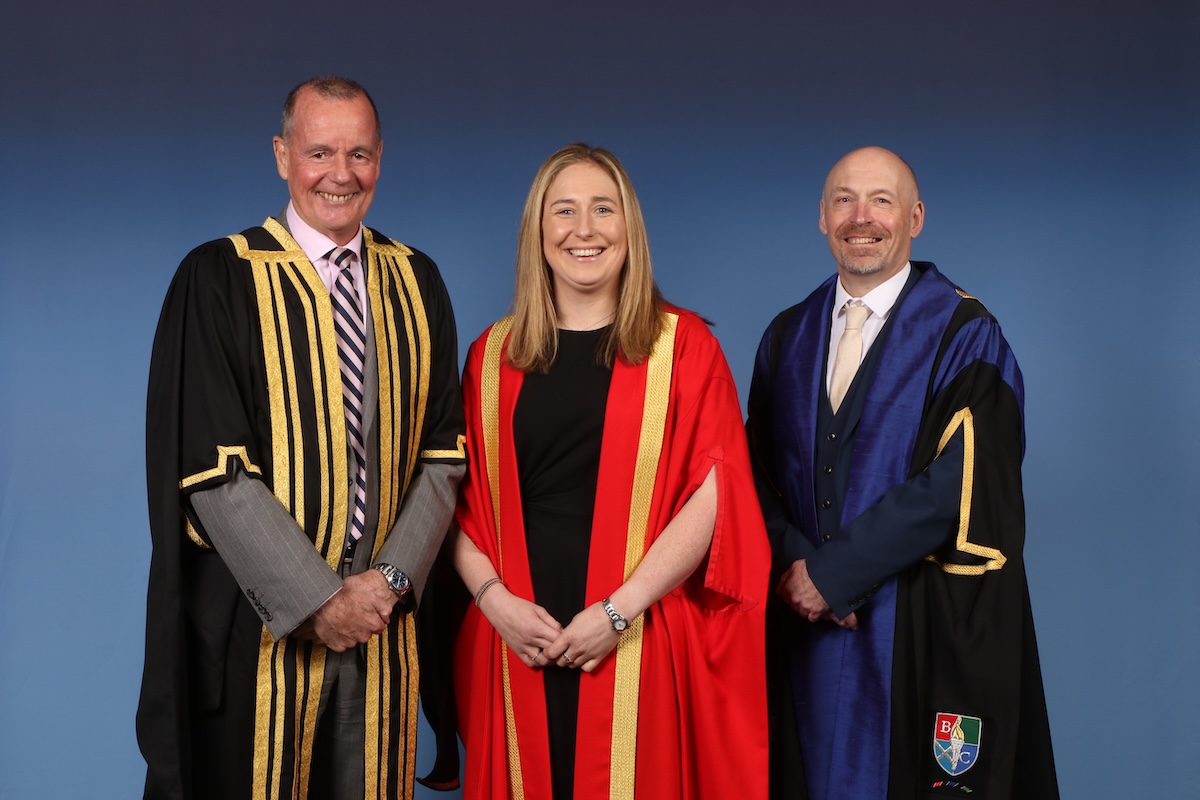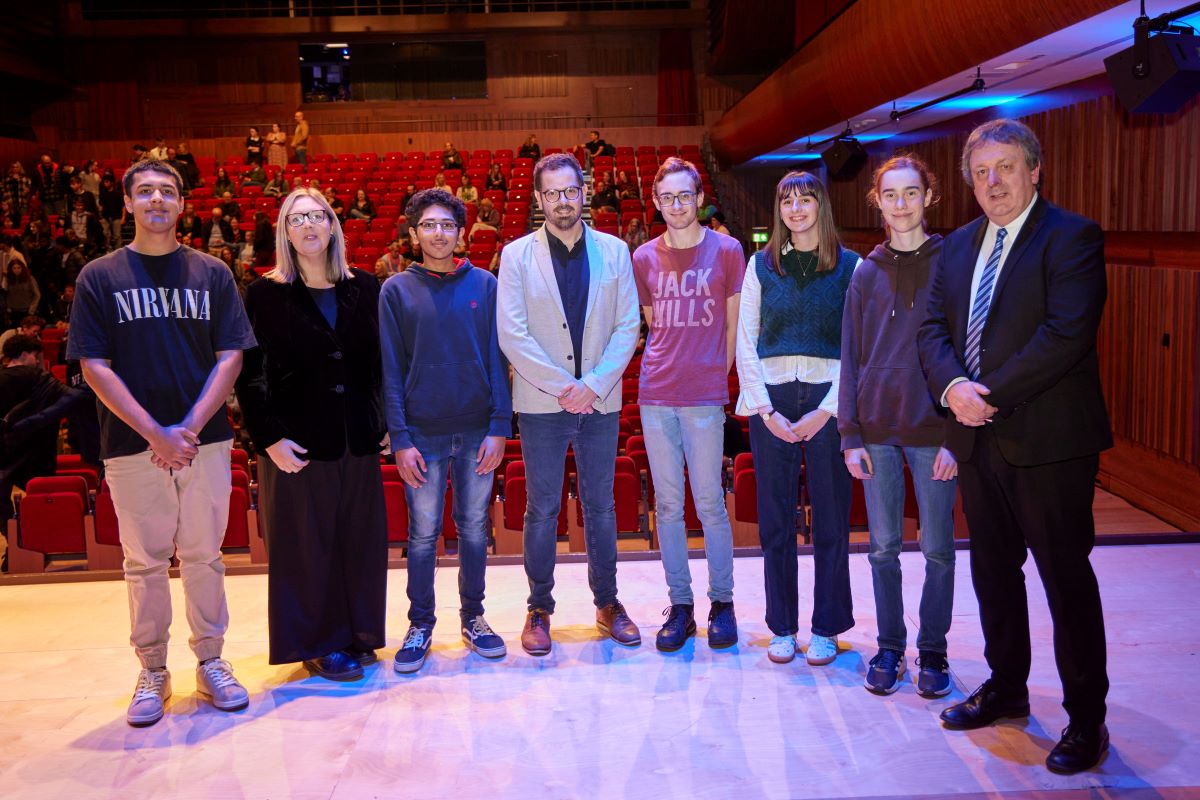Governments goal of 200,000 in STEM fields likely not to happen, research shows

Research shows Government’s ‘Levelling Up’ not likely to reach target
New research by global heat transfer specialists Serck reveals that despite increases in both STEM (Science, Technology, Engineering and Maths) university applications and employees joining STEM careers, the government’s ‘Levelling Up’ target of reaching 200,000 by 2030 is not likely to happen.
To discover whether the initiative is on track, Serck analysed 3 years of UCAS acceptance data as well as Office of National Statistics (ONS) Labour Market datasets to give a holistic view of the rate at which people are currently joining the STEM industry.
Staggeringly, the UCAS data illustrated a 3% increase in students opting to take on an engineering and technology course, and if this rate of growth continues,the number of UCAS acceptances willonlybe 36,350 by 2030.
As for the ONS data, when looking at mining,energy and water supply industries’ growth over the last 3 years, there has been a 7% increase in people joining.
Whilst this is better than the university admissions growth, the need to encourage more people into STEM is still critical, as the number of people in these fields would only be 2,938 by 2030.
This data highlights an increasing need for interest in STEM industries to increase. John Codling, General Manager at Serck Heat Exchange, echoes this as he comments:
“The gap is growing bigger with experienced staff close to retirement age and the pool of potential employees available for recruitment with genuine skills and experience in our sector (or transferrable) is getting smaller.”
Additional research conducted by the Engineering Construction Industry (ECI) Training Board shows that the majority of the ECI workforce are between 30-40 years old (48%) and only 14% are below the age of 30. This highlights that more of the workforce are nearing retirement age, and not enough young people are coming into the industry to replace them.
Luke Mather, an apprentice at Serck, says:
“This [being an apprentice] was better for me than university, but there is a lack of appropriate marketing/advertising needed to promote STEM on modern media.”
The Government hasvarious plans in place to help achieve its targets, including:
- Employersbeing givena leading roleworking with further education colleges, otherproviders, and local stakeholders to develop new Local Skills Improvement Plans whichwillshape technical skills provision so that it meets local labour market skills needs.
- Nine new Institutes of Technology with strong employer links will beestablished in England, helping to boost higher technical skills in STEM subjects
- Continuing to support participation in English, maths, and digital training to meet employers’ needs and support people to progress in employment or further study
However more needs to be done to get those with the correct skill set into STEM careers. John Codling from Serck echoed Luke Mather’s thoughts and added:
“To close the STEM skills gap it is critical that across the industry more apprenticeships programmes are put in place. At Serck we believe these are a more effective way to address our skills gap. And even more critically, educational, and inspirational advertisement those is needed. The industry is a fulfilling career and highlighting that is imperative.”











Responses